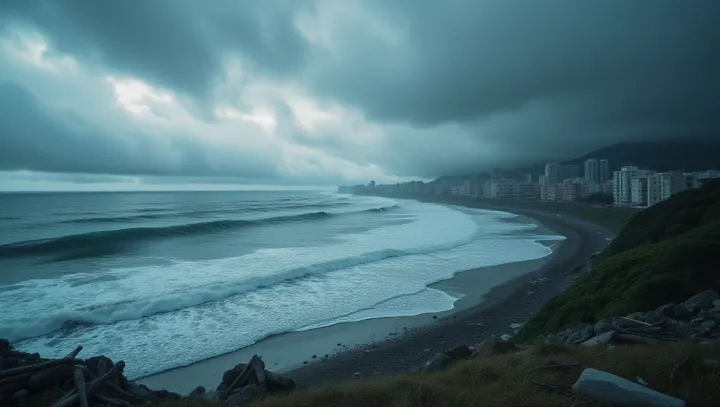Unraveling the Deadly Forces of Tsunamis

In a striking display of nature's unbridled power, tsunamis emerge as formidable forces capable of widespread devastation. Primarily generated by seismic disturbances beneath ocean floors, these natural phenomena can lead to catastrophic events along coastlines, affecting communities and ecosystems in their mighty path. The genesis of a tsunami typically begins with significant seismic activity, such as earthquakes or volcanic eruptions, which displace vast volumes of water.
When an underwater earthquake occurs, especially along tectonic plate boundaries, it can cause the ocean floor to abruptly shift, sending powerful waves across vast distances. These waves travel swiftly, almost imperceptibly across deep oceanic expanses, but as they approach shallower coastal waters, they grow in height and intensity. The sudden surge of water onto land is capable of obliterating infrastructure, displacing populations, and claiming lives with little warning.
Commenting on the importance of understanding tsunami dynamics, Dr. James Anderson, a leading geophysicist, emphasizes, 'Comprehending the seismic activities that form tsunamis is essential for early warning systems. This knowledge helps in crafting strategies to safeguard vulnerable coastal populations.'.
